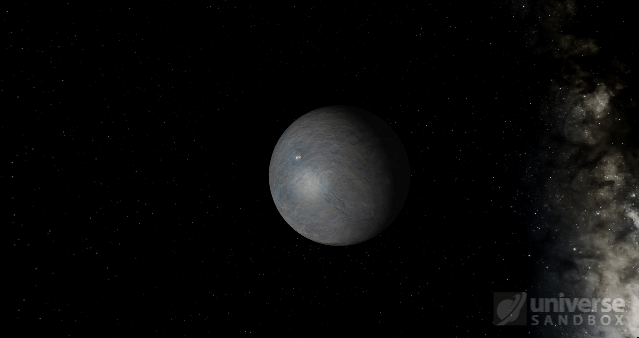Exploring AI's Role in the Search for Extraterrestrial Life
Written on
Chapter 1: The Challenges of AI in Identifying Extraterrestrial Signs
The utilization of artificial intelligence (AI) in the quest for signs of extraterrestrial life presents distinct challenges that differ from traditional human data analysis, as highlighted by a recent study. While the Dawn spacecraft explored the dwarf planet Ceres, its images revealed a misleading dark triangle surrounding a bright square area. This illusion was merely a product of several smaller surface markings rather than an actual geological feature.
The findings from the Spanish Foundation for Science and Technology (FECYT) indicate that AI may not entirely eliminate human error in pattern detection; instead, it can introduce its own set of complications when interpreting chaotic datasets. Researchers aim to enhance our understanding of both biological and artificial intelligence as they relate to the search for alien life.
A New Dawn

Ceres, located in the main asteroid belt, is recognized for its expansive salt and ice fields. NASA launched the Dawn spacecraft in 2007 to investigate the two largest bodies in this region. In 2011, Dawn reached Vesta, marking a historic moment as the first spacecraft to orbit any celestial body between Mars and Jupiter. After completing its mission at Vesta, Dawn proceeded to Ceres, entering its orbit four years later. This achievement made Dawn the first spacecraft to orbit two celestial bodies, excluding Earth.
The bright white areas seen against Ceres' dark surface were found to consist of volcanic ice and salt deposits. Powered by an ion engine, the Dawn spacecraft functioned seamlessly until it depleted its fuel in 2018. Throughout its mission, it contributed significantly to our understanding of both dwarf planets and large asteroids.
It’s akin to an Interplanetary Rorschach Test…
Researchers from the University of Cadiz, Spain, sought to assess how AI compares to human analysis in identifying features within the Vinalia Faculae region. They proposed that the pattern recognition skills used to examine geological features could be analogous to identifying technosignatures from extraterrestrial civilizations.

Gabriel G. De la Torre, a neuropsychologist at the University of Cadiz, explains, “Some individuals reported seeing a square shape in Vinalia Faculae, allowing us to compare human intelligence with AI in a task involving visual perception, which has significant implications for the search for extraterrestrial life (SETI).”
De la Torre gathered 163 participants without substantial astronomy knowledge, asking them to analyze images of the region. Their findings were juxtaposed with those from an electronic system based on convolutional neural networks (CNN) that had been trained to recognize geometric shapes.
Researchers articulated their aim: “We wanted to explore how our cognitive abilities and consciousness could affect the search for technosignatures or anomalies, and whether AI could assist in this endeavor,” as detailed in their article published in Acta Astronautica.

Both human observers and the AI detected a square in the images, but the AI also identified a triangle surrounding the square. When this triangular feature was highlighted to the human participants, many claimed to see it as well. In reality, this triangle was an arbitrary arrangement of small markings, which merely resembled a single geological feature.
The researchers caution that AI used in the search for extraterrestrial life could also fall victim to similar misconceptions, potentially leading to false positives that suggest the existence of alien life where none exists.
“Look at you, hacker: a pathetic creature of meat and bone, panting and sweating as you run through my corridors. How can you challenge a perfect, immortal machine?” - Ken Levine
Astrophysicists and astronomers tirelessly sift through raw data, searching for patterns that might unveil unknown exoplanets, geological formations on distant worlds, or signals indicative of alien life. This study underscores the necessity for both human and AI contributions in deciphering order from chaos.
James Maynard is the founder and publisher of The Cosmic Companion. He resides in Tucson, Arizona, with his wife Nicole and their cat, Max.
Did you enjoy this article? Subscribe to The Cosmic Companion Newsletter to stay updated!
Chapter 2: Insights from AI and Human Collaboration
In this video, titled "SETI Live - AI + ET: Will Machine Learning Help Find Extraterrestrial Life?" experts discuss the potential of machine learning in detecting signs of alien civilizations.
In another engaging video, "A.I. is B.S.," the complexities and limitations of artificial intelligence in various fields, including space exploration, are explored.